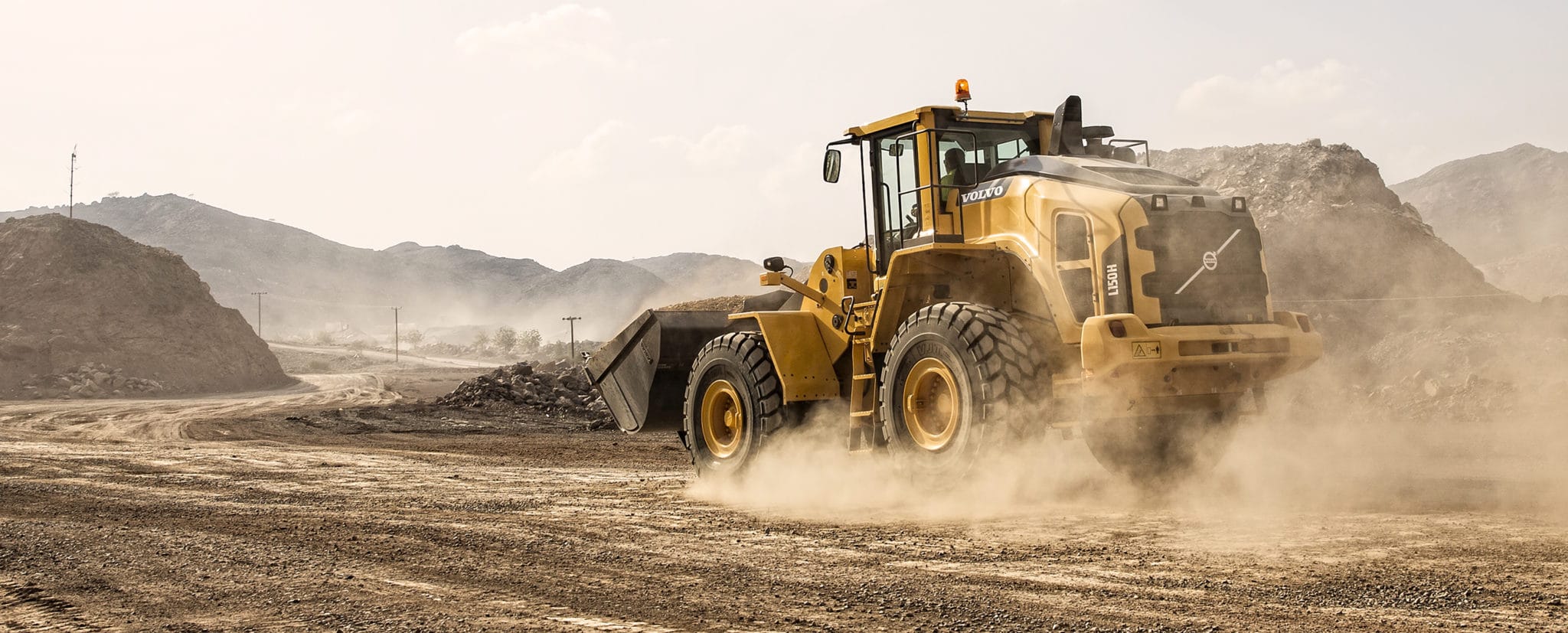Boom Lift Rental: Reach New Levels Securely
Wiki Article
Renting Out Vs. Purchasing Building And Construction Tools: Making the Right Choice for Your Task
When embarking on a building and construction task, among the critical choices that project stakeholders and managers deal with is whether to acquire or rent out construction equipment. Both alternatives have their downsides and advantages, making the selection a critical one in the job planning process. The decision rests on various variables such as cost considerations, task duration, tools maintenance, scalability, adaptability, and risk monitoring. Each element plays a vital role in establishing one of the most ideal path for the task's equipment demands. rental company near me. Allow's discover these variables even more to recognize how they affect the decision-making procedure and ultimately the success of the job.Cost Considerations
When evaluating the economic facet of renting versus getting building devices, the lasting costs and ahead of time prices need to be thoroughly taken into consideration. Leasing devices typically needs reduced initial payments compared to purchasing, making it an attractive alternative for temporary tasks or professionals with budget constraints. Leasing removes the requirement for big funding outlays and decreases the financial risk connected with equipment ownership, such as upkeep and depreciation prices. Nonetheless, in the long run, constantly renting out tools can build up higher expenses than acquiring, particularly for prolonged projects.On the other hand, purchasing building devices includes higher in advance costs however can lead to long-lasting financial savings, specifically for frequent individuals or long-lasting jobs. Having devices provides versatility, benefit, and the possibility for resale worth once the task is completed. Additionally, possessing tools permits modification and experience with details equipment, potentially boosting effectiveness and efficiency on-site. Inevitably, the choice in between getting and renting building equipment depends upon the job's duration, frequency of use, spending plan factors to consider, and long-term economic objectives.
Project Duration

Conversely, for long-lasting tasks or ongoing construction job, acquiring tools could be the extra economical choice. Acquiring devices can lead to cost savings over time, specifically if the equipment will certainly be often utilized. In addition, possessing equipment offers a sense of control over its accessibility and permits for customization to fit particular task demands.

Tools Upkeep
Given the vital duty project duration plays in establishing the most cost-effective technique between renting and buying building and construction tools, the emphasis currently shifts towards examining the necessary aspect of equipment maintenance. On the other hand, having devices calls for a proactive strategy to maintenance to stop failures, make certain safety, and prolong the equipment's life expectancy. Inevitably, a well-kept building and construction tools fleet, whether rented out or possessed, is vital for the effective and effective completion of building jobs.Versatility and Scalability
In the realm of construction devices management, the aspect of versatility and scalability holds significant relevance for task efficiency and resource use. Choosing to rent out construction equipment provides a high level of versatility as it permits for the quick modification of devices types and quantities based on the progressing demands of a task.Leasing building and construction tools provides the advantage of conveniently scaling procedures up or down as task needs vary. Service providers can rapidly include or exchange tools to match the project's transforming demands without the constraints of owning properties that may end up being underutilized or outdated.
Risk Management
Reliable danger monitoring in building tools operations is paramount to ensuring task success and mitigating prospective financial losses. Construction jobs inherently include different risks, such as devices malfunctions, accidents, and project delays, which can significantly impact the project timeline and budget. By meticulously considering the threats connected with owning or leasing building and construction equipment, job managers can make informed choices to reduce these potential dangers.Renting out construction tools can provide a degree of threat mitigation by transferring the obligation of repair and maintenance to the rental company. This can decrease the monetary concern on the project owner in situation of unexpected devices failings (dozer rental). In addition, leasing supplies the adaptability to access specialized devices for certain task stages, reducing the risk of possessing underutilized machinery
On the other hand, having building and construction devices supplies a feeling of control over its usage and upkeep. Nonetheless, this also indicates bearing the complete responsibility for repair services, upkeep expenses, and depreciation, boosting the financial threats connected with equipment possession. Cautious risk analysis and factor to consider aerial lift rental of aspects such as task period, tools use, and upkeep requirements are crucial in identifying the most appropriate alternative for efficient danger administration in building jobs.
Verdict
Finally, when making a decision between getting and leasing construction devices, it is very important to take into consideration expense, project period, tools upkeep, risk, scalability, and adaptability management. Each aspect plays a crucial function in establishing the most appropriate option for the job at hand. By thoroughly evaluating these facets, project managers can make an informed decision that straightens with their spending plan, timeline, and total job goals.
Report this wiki page